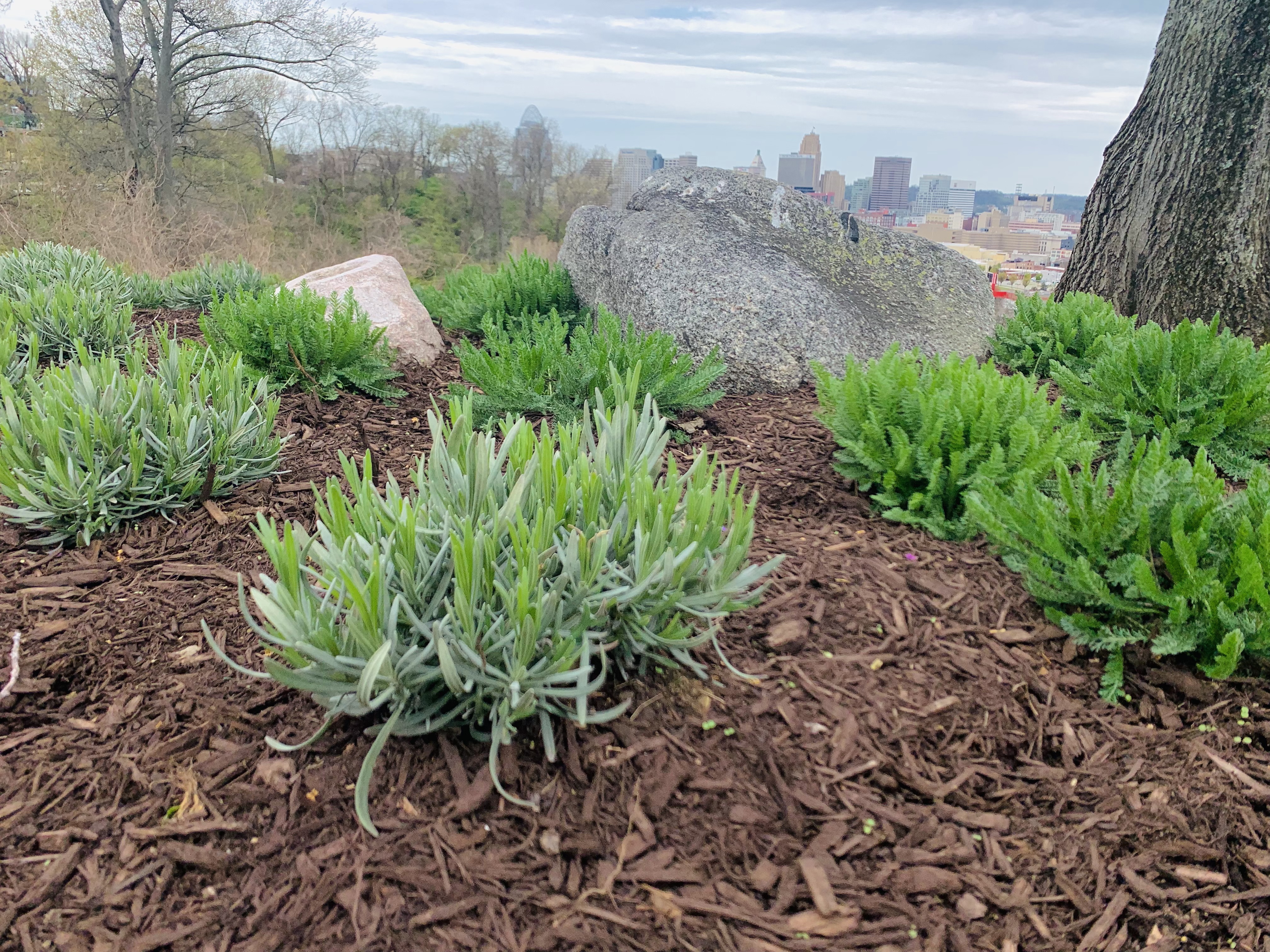- Art Home
- Exhibitions
-
Explore the Collection
- Explore the Collection Home
- African Art
- American Paintings, Sculpture and Drawings
- Contemporary
- Decorative Arts and Design
- East Asian Art
- European Paintings, Sculpture and Drawings
- Fashion Arts and Textiles
- Musical Instruments
- Indigenous American Art
- Photography
- Prints
- South Asian Art, Islamic Art and Antiquities
- Conservation
- Meet the Curators
- Digital Resources
- Events & Programs Home
- Calendar
- Accessibility
- Adults
-
Families & Teens
- Families & Teens Home
- 10x10 Teen Art Expo
- Art on the Rise
- Art Together: Art Making for Families with Children Ages 3–5
- Baby Tours
- Boy Scouts / Girl Scouts
- CAM Kids Day
- Choose Your Own Gallery Adventure
- Family Storytime and Gallery Walk
- Family Studio: Art Making for Families with Children Ages 6–12
- REC Reads
- Rosenthal Education Center (REC)
- See Play Learn Kits
- Summer Camp
- Teachers
- Community Outreach
- Fundraisers
- Plan Your Own Event

- Art Home
- Exhibitions
-
Explore the Collection
- Explore the Collection Home
- African Art
- American Paintings, Sculpture and Drawings
- Contemporary
- Decorative Arts and Design
- East Asian Art
- European Paintings, Sculpture and Drawings
- Fashion Arts and Textiles
- Musical Instruments
- Indigenous American Art
- Photography
- Prints
- South Asian Art, Islamic Art and Antiquities
- Conservation
- Meet the Curators
- Digital Resources
- Events & Programs Home
- Calendar
- Accessibility
- Adults
-
Families & Teens
- Families & Teens Home
- 10x10 Teen Art Expo
- Art on the Rise
- Art Together: Art Making for Families with Children Ages 3–5
- Baby Tours
- Boy Scouts / Girl Scouts
- CAM Kids Day
- Choose Your Own Gallery Adventure
- Family Storytime and Gallery Walk
- Family Studio: Art Making for Families with Children Ages 6–12
- REC Reads
- Rosenthal Education Center (REC)
- See Play Learn Kits
- Summer Camp
- Teachers
- Community Outreach
- Fundraisers
- Plan Your Own Event
Blog
Blog
- Home
- Plan Your Visit
-
Art
- Art Home
- Exhibitions
-
Explore the Collection
- Explore the Collection Home
- African Art
- American Paintings, Sculpture and Drawings
- Contemporary
- Decorative Arts and Design
- East Asian Art
- European Paintings, Sculpture and Drawings
- Fashion Arts and Textiles
- Musical Instruments
- Indigenous American Art
- Photography
- Prints
- South Asian Art, Islamic Art and Antiquities
- Conservation
- Meet the Curators
- Digital Resources
-
Events & Programs
- Events & Programs Home
- Calendar
- Accessibility
- Adults
-
Families & Teens
- Families & Teens Home
- 10x10 Teen Art Expo
- Art on the Rise
- Art Together: Art Making for Families with Children Ages 3–5
- Baby Tours
- Boy Scouts / Girl Scouts
- CAM Kids Day
- Choose Your Own Gallery Adventure
- Family Storytime and Gallery Walk
- Family Studio: Art Making for Families with Children Ages 6–12
- REC Reads
- Rosenthal Education Center (REC)
- See Play Learn Kits
- Summer Camp
- Teachers
- Community Outreach
- Fundraisers
- Plan Your Own Event
- Give & Join
- About
- Tickets
- Calendar
- Exhibitions
- Blog
- Shop
Celebrating Earth Month at the Cincinnati Art Museum
by Cincinnati Art Museum in partnership with Queen City Pollinator Project
4/19/2024
Bees , Queen City Pollinator Project , Osmia Bee Co. , sustainability
Happy Earth Month! It’s spring, the weather is warming, flowers are blooming, and this April, we are buzzing with excitement because just last week, we welcomed native mason bees (genus Osmia) to our grounds with the help of our partner, Queen City Pollinator Project!
There are over 500 native bee species in Ohio, but honeybees (genus Apis) are not one of them. While we rely on honeybees for the pollination of many of our crops and plants, different bees have different pollinating abilities, and we need all of them to keep food on our tables. Our new mason bees will join our honeybees in exploring Art Climb and pollinating plants on our grounds.
Mason bees are solitary bees. All female mason bees are tasked with mating and laying eggs each spring. Female mason bees live about one month and lay one to two eggs per day. Mason bees are extremely efficient pollinators, and just one mason bee can do the work of 100 honeybees on certain plants. Mason bees are small, fuzzy, and docile. Unlike our honeybees, who can fly as far as five miles, mason bees prefer to stay close to their home and only fly up to about 300 feet. Mason bees use clay mud to make small cocoons where they lay their eggs. The bees develop in their cocoons and then hibernate inside until the next spring when they will emerge and get to work pollinating and reproducing.
CAM’s mason bees live in a house built by Osmia Bee Co., a local woman-owned business dedicated to raising native bees since 2011.
Interested in helping the bees at your house? There are two easy things you can do in your own yard to help protect and support mason bees and all our important pollinators. First, don’t use broad spray pesticides, including mosquito yard sprays! They kill insects indiscriminately and harm our pollinators. Second, add native plants to your garden! Our native pollinators coevolved with many of our native plants and rely on them, as well as some of our non-native flowers.
Next time you visit CAM, be sure to enjoy our outdoor campus, where you can see beautiful sculptures, blooming garden beds, and our bees!
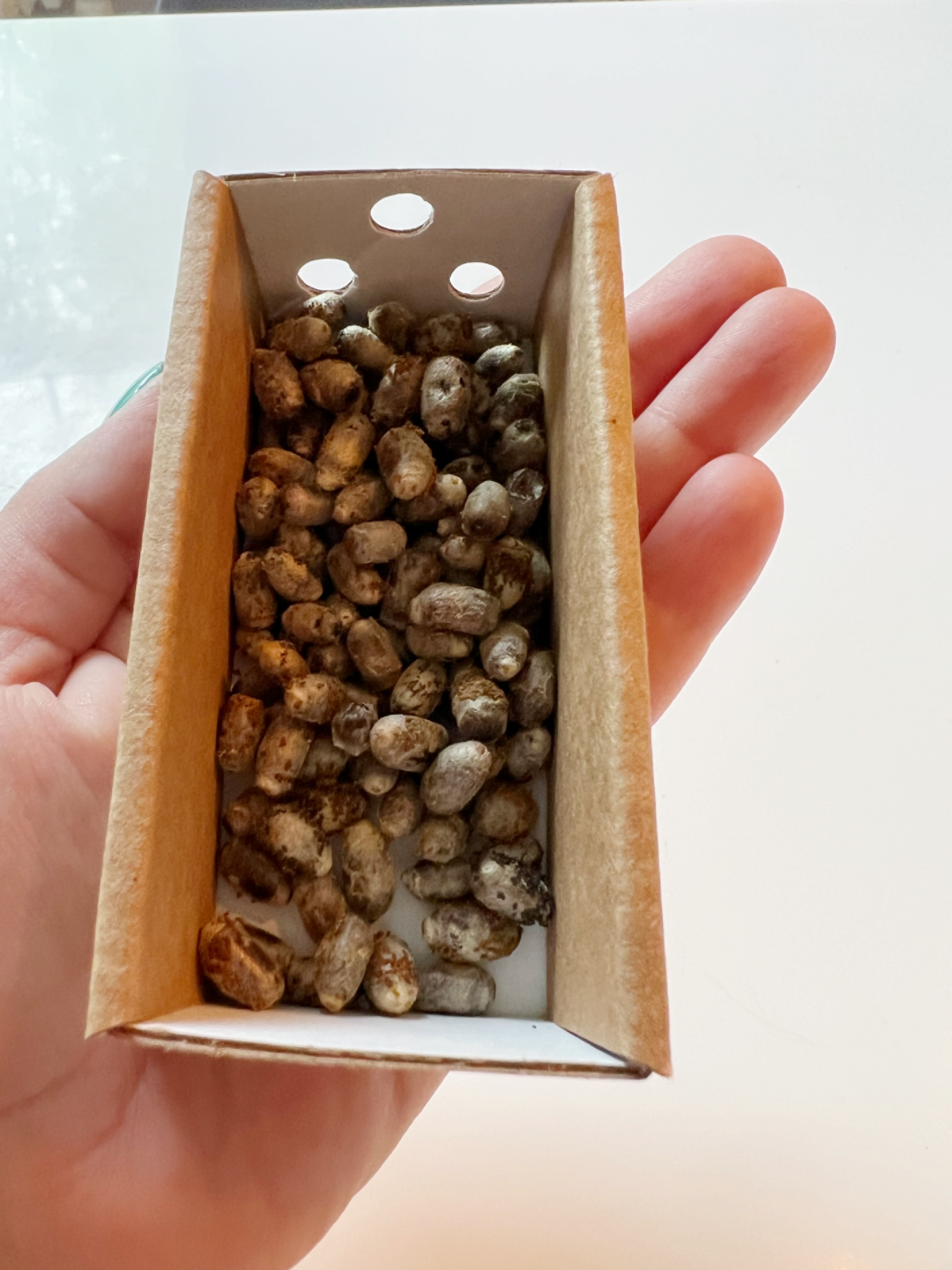
Mason bee eggs
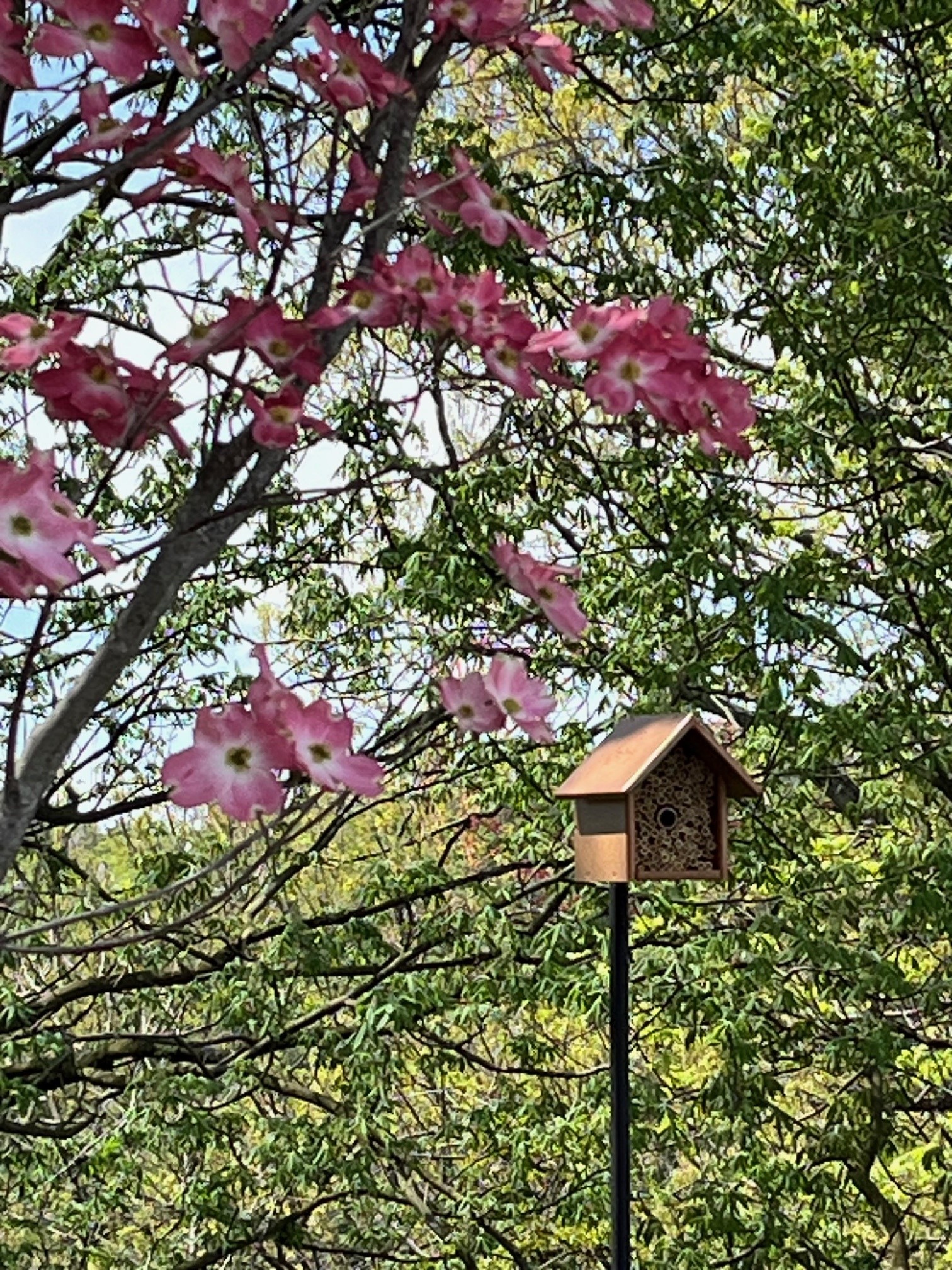
Mason bee house built by Osmia Bee Co., a local woman-owned business dedicated to raising native bees since 2011.
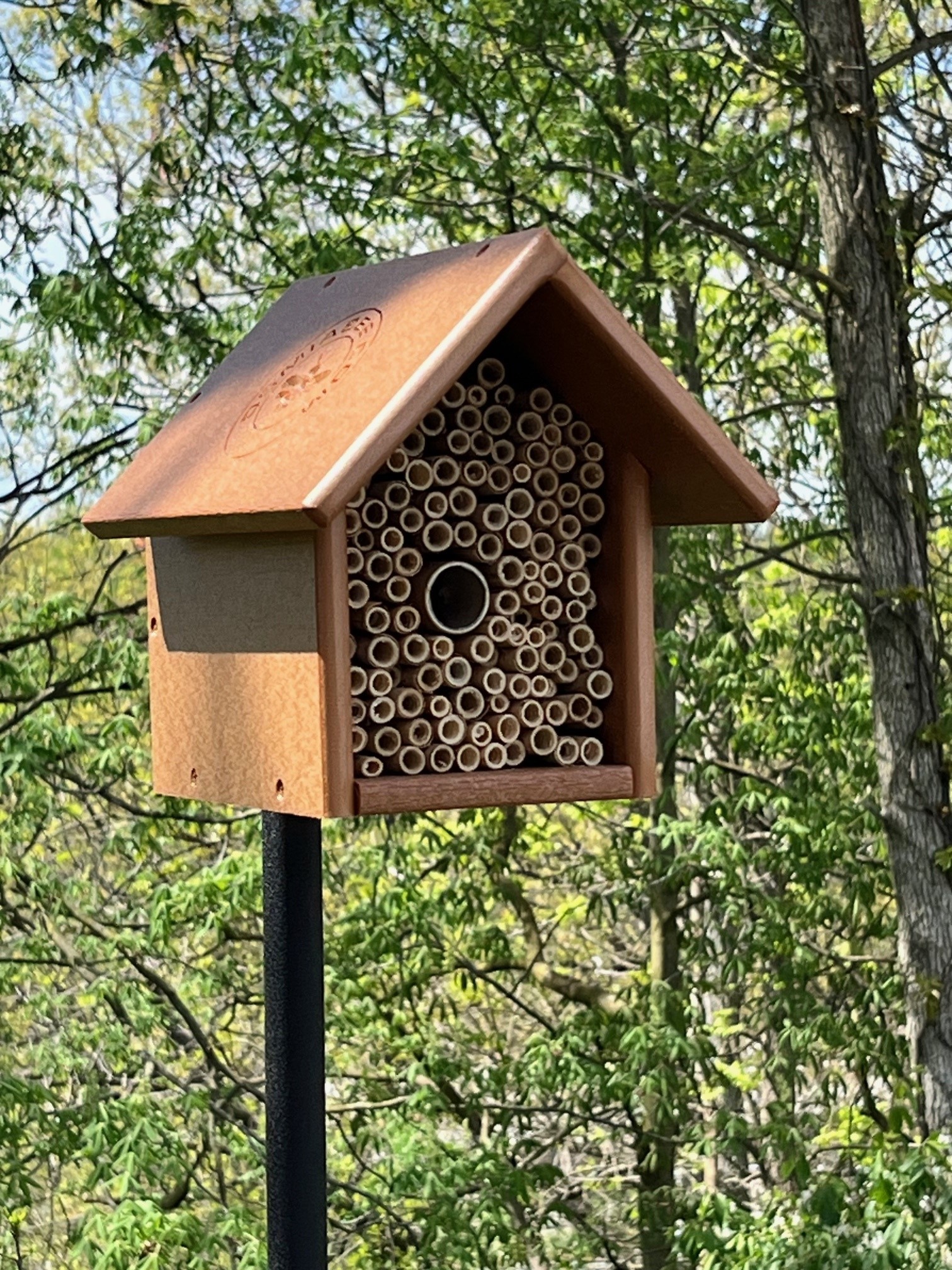
Detail of the mason bee house
Related Blog Posts
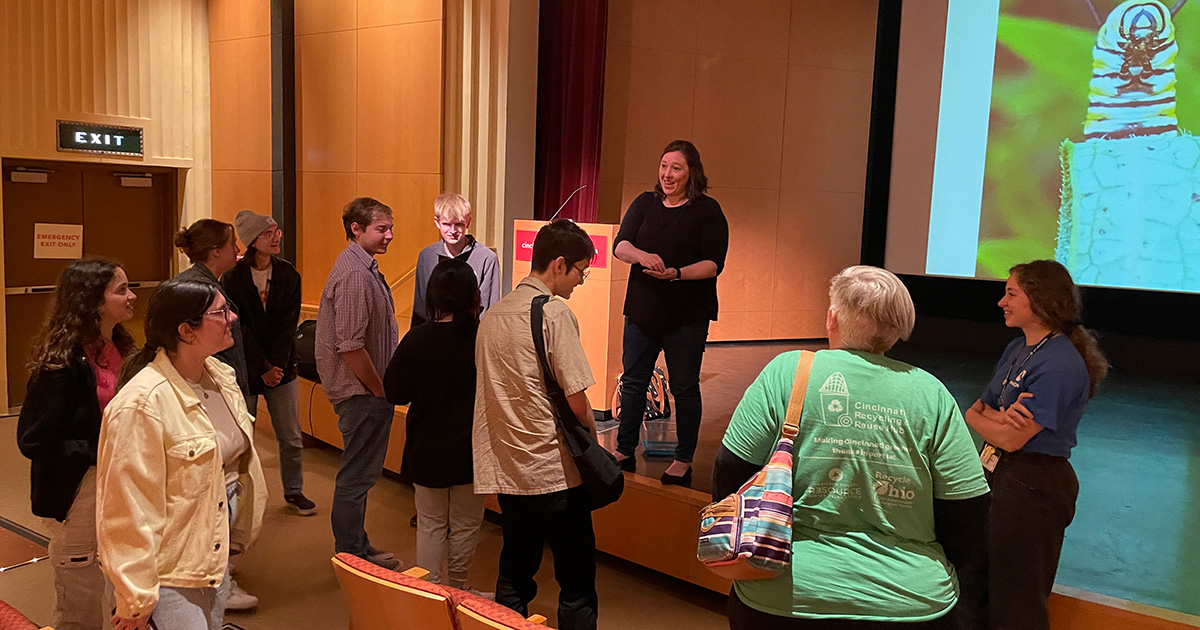
Cincinnati, OH 45202
Toll Free: 1 (877) 472-4226
Museum Hours
Museum Shop
Terrace Café
Library
The Cincinnati Art Museum is supported by the generosity of tens of thousands of contributors to the ArtsWave Community Campaign, the region's primary source for arts funding.

Free general admission to the Cincinnati Art Museum is made possible by a gift from the Rosenthal Family Foundation. Exhibition pricing may vary. Parking at the Cincinnati Art Museum is free.
Generous support for our extended Thursday hours is provided by Art Bridges Foundation’s Access for All program.

General operating support provided by:



